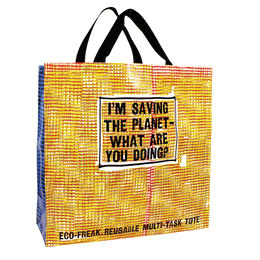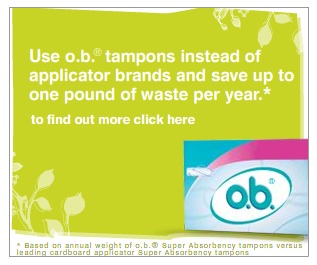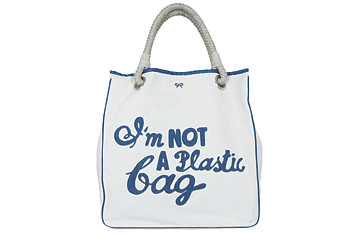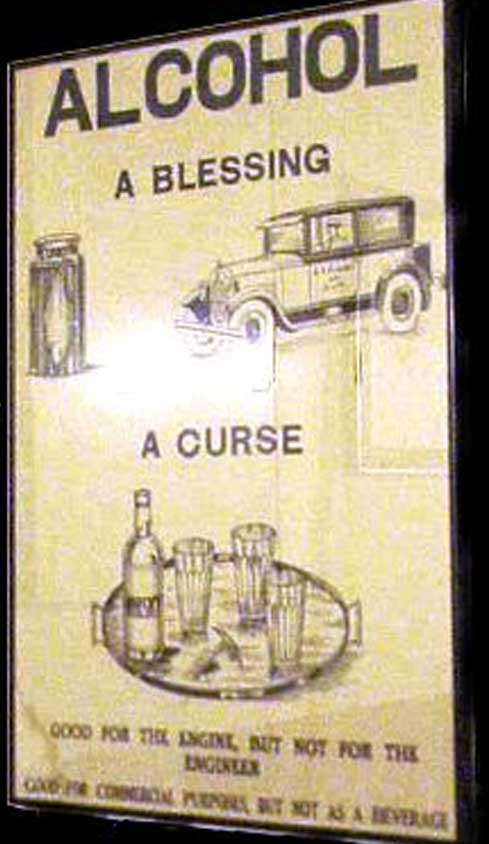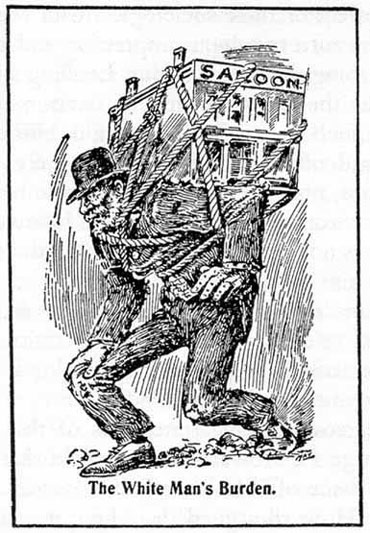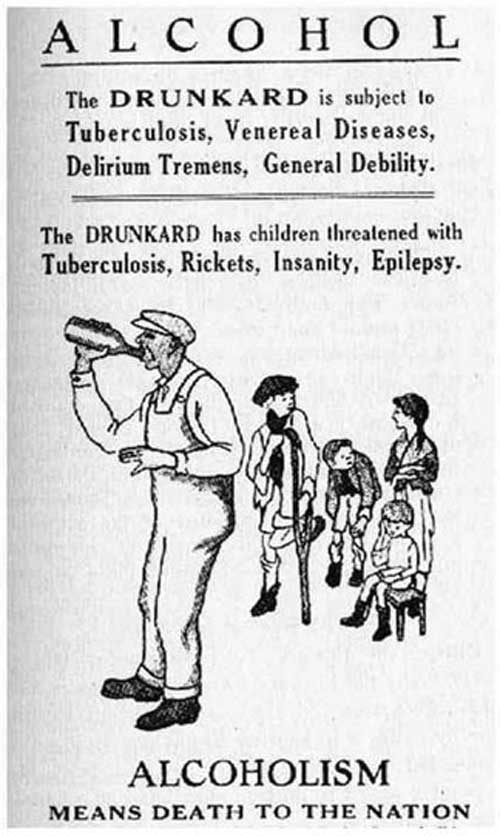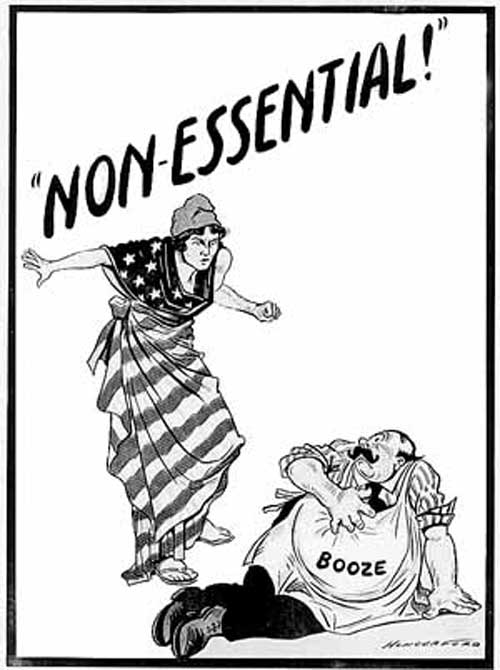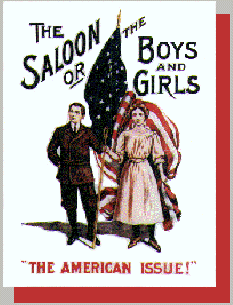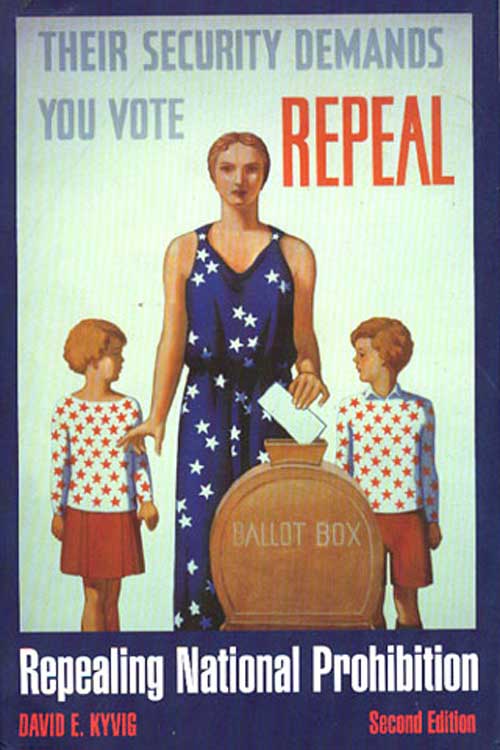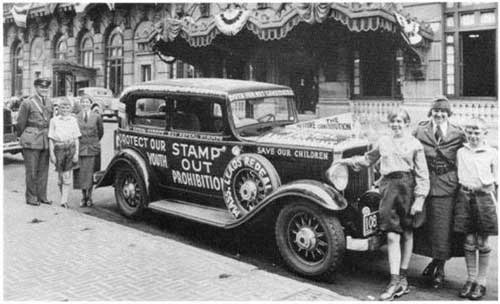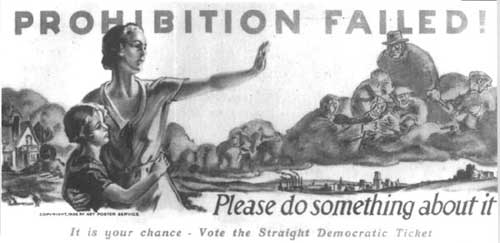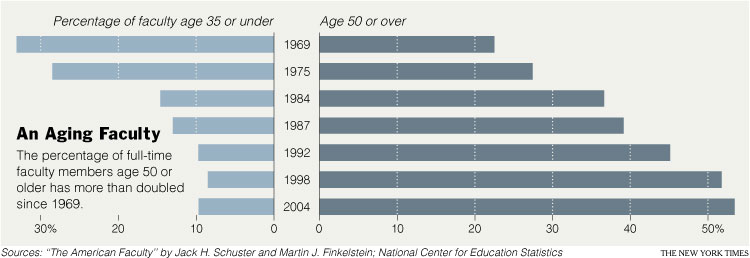The ever-awesome Elizabeth, of Blog of Stench, sent in this image of a reusable shopping bag (found here):
Elizabeth says this “conspicuous, confrontational environmentalism” annoys her,
…because its point is not just to “save a tree,” but also to “look fashionable while doing it” [quote from organize.com]. I have a problem with pro forma environmentalism where the appearance of environmentalism matters more than actual actions, as is the case with this bag. The text on the bag equates “saving the planet” with using this particular bag or, by extension, making a show of one’s environmentalism. Furthermore and much more problematically, the implied contrast between the owner who is “saving the planet” and the audience who is being interrogated suggests that the audience is not doing anything to save the planet. The audience may be doing environmentally conscious activities in other areas of life; or the audience may have mitigating factors that prevent them from spending extra money in order to flaunt their environmentalism like white urban bourgeois hipsters.
For another example of environmentalism as fashion statement, see this post.
Thanks, Elizabeth!
Zach W. sent in this Mini Cooper ad (found here) that talks about the car’s “carfun footprint,” which is “a measure of how fun your car is versus how much impact it has on the environment”:
Clearly it’s awesome if car manufacturers are realizing they actually have to address the environmental aspects of their cars, but what grabbed my attention is that in the main text it says the Mini gets 37 mpg, but when you read the fine print at the bottom, you find out that in town it’s 28 mpg, and that’s the hard-top manual transmission Mini. According to this article, the convertible gets 30-32 mpg on the highway, and Yahoo’s autos page shows them getting in the low-20s per gallon in-town. As a Honda Civic driver, that doesn’t strike me as much to brag about, really. I mean, ok, yes, better than the Mercury my grandma bought last year, but still. (Note: I think my grandma is the last person on earth to buy a Mercury.)
Thanks, Zach!
NEW: Claire T. sent in this ad for o.b. tampons (found at Science Daily):
I think when even tampons are being advertised as environmentally-friendly, we can safely say that the idea of being eco-conscious is becoming fairly mainstream (though that, of course, means little about how people actually act).
Thanks, Claire!

